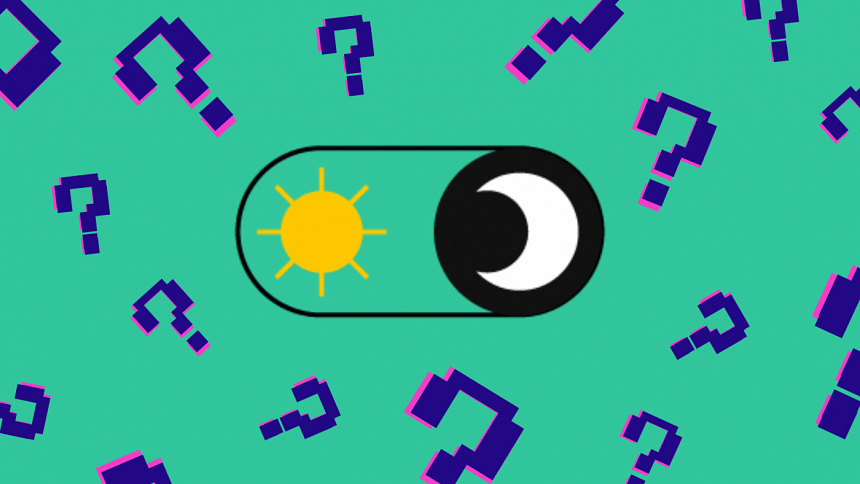Debunking dark mode myths

Since its adoption into regular social media apps, dark mode has been a popular screen choice for users of different demographics, particularly young people. Initially known as "night mode", this shadowy-themed feature was initially designed to be used depending on the lighting conditions. However, due to the perceived addictive nature of the alternative along with aesthetics and acclaimed benefits, people have opted to use the dark mode. But, aside from aesthetics, how credible are the claims?
Dark mode isn't really a recent technological invention and those who are into programming know that it's been around since the digital revolution started. Most original computers dating back to the '70s had light text on a dark background to save power. Moreover, they used Cathode Ray Tube (CRT) monitors, which were not sophisticated enough to light up the entire screen at once.
Later, to make them conventional and more user-friendly, black text on a white background was introduced. And now almost 25 years into the 21st century, dark mode has made a comeback with claims such as the feature providing better legibility and improved focus while saving significant battery and reducing eye strain.
Starting with legibility, the claim is that dark mode increases readability and gives you better visual acuity. But vision research says it's actually harder for the eyes to read white text on a dark background. Human eyes are biologically designed to work in daylight, thus bright backgrounds with contrasting darker elements are more suited for our vision. Therefore, bright mode is recommended for optimal reading experience and longevity.
Visual acuity, on the other hand, refers to the ability to clearly see the smallest details. When you stare at black writing on a light background, your pupils shrink or narrow down so that you can have clearer eyesight. Oppositely, when you set your eyes on a lighted text with a dark background, your pupils dilate or become wider to allow more light to enter. And vision experts say this makes it harder to focus on the text and even harder for some people with certain eye conditions like myopia and astigmatism.
It is also widely claimed that dark mode saves significant battery life. But in contrast, scientists from Purdue University have found that dark mode saves up to only three to nine percent of battery on OLED screens in average brightness. However, in maximum brightness this can increase to about 39 to 47 percent. So, unless you are using your phone in broad daylight, you won't be saving a whole lot.
Another commonly cited claim is that adopting to dark mode minimises blue light consumption, which helps in falling asleep. However, blue light may not be the culprit that distorts your sleep schedule as this claim lacks credible scientific proof. Researchers believe that the discomfort people experience after staring at displays for too long is due to reduced blinking rather than brightness and suggest that the real solution to better sleep is to not use screens altogether before going to bed.
Research also suggests that dark mode can lead to negative emotions such as depression and gloomy mood because of its encompassing dark aura. Furthermore, dark mode gives comfort in low-light surroundings and reduces eye strain making its users prone to screen addiction. Twitter has revealed that dark mode has made users spend more time on the app than usual.
So, maybe the claim of greater concentration could be true to some extent but only in terms of keeping individuals hooked on those apps for a longer period – giving users, particularly younger people, more reasons to be glued to their smartphones. On the contrary, everyone's experience with dark mode is different. Dark mode might bring comfort to people with issues like migraine, headaches, and certain eye conditions, but in general, it might bring more disadvantages than benefits in the end.
Lakum Mursalun is an undergrad student from University of Chittagong.
References:
The Wire. (2019). Dark mode isn't as good for your eyes as you believe.
International Journal of Communication Networks and Information Security (IJCNIS). (2024). The Research into Dark Mode: A Systematic Review Using Two-Stage Approach and S-O-R Framework.

 For all latest news, follow The Daily Star's Google News channel.
For all latest news, follow The Daily Star's Google News channel. 








Comments